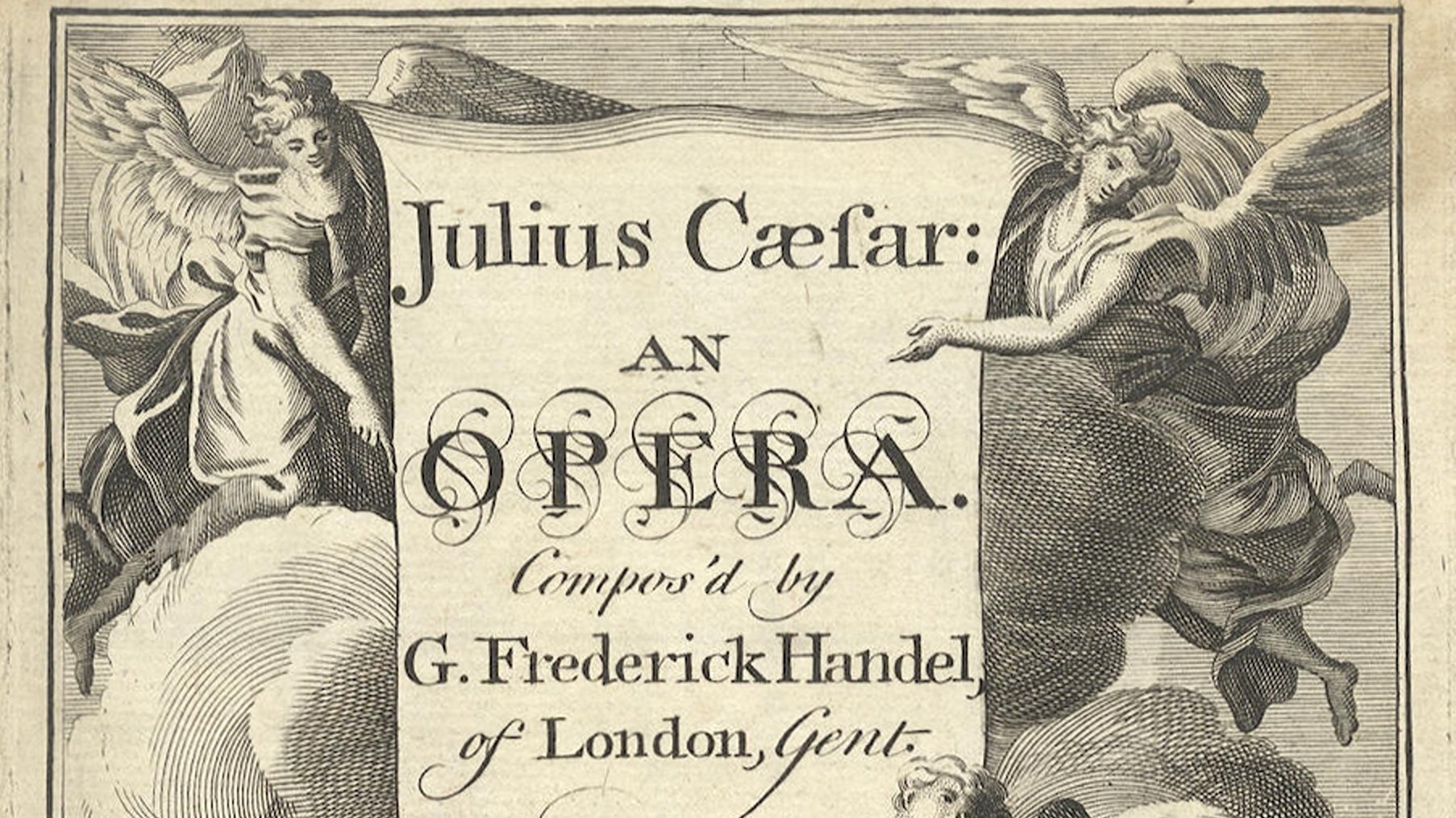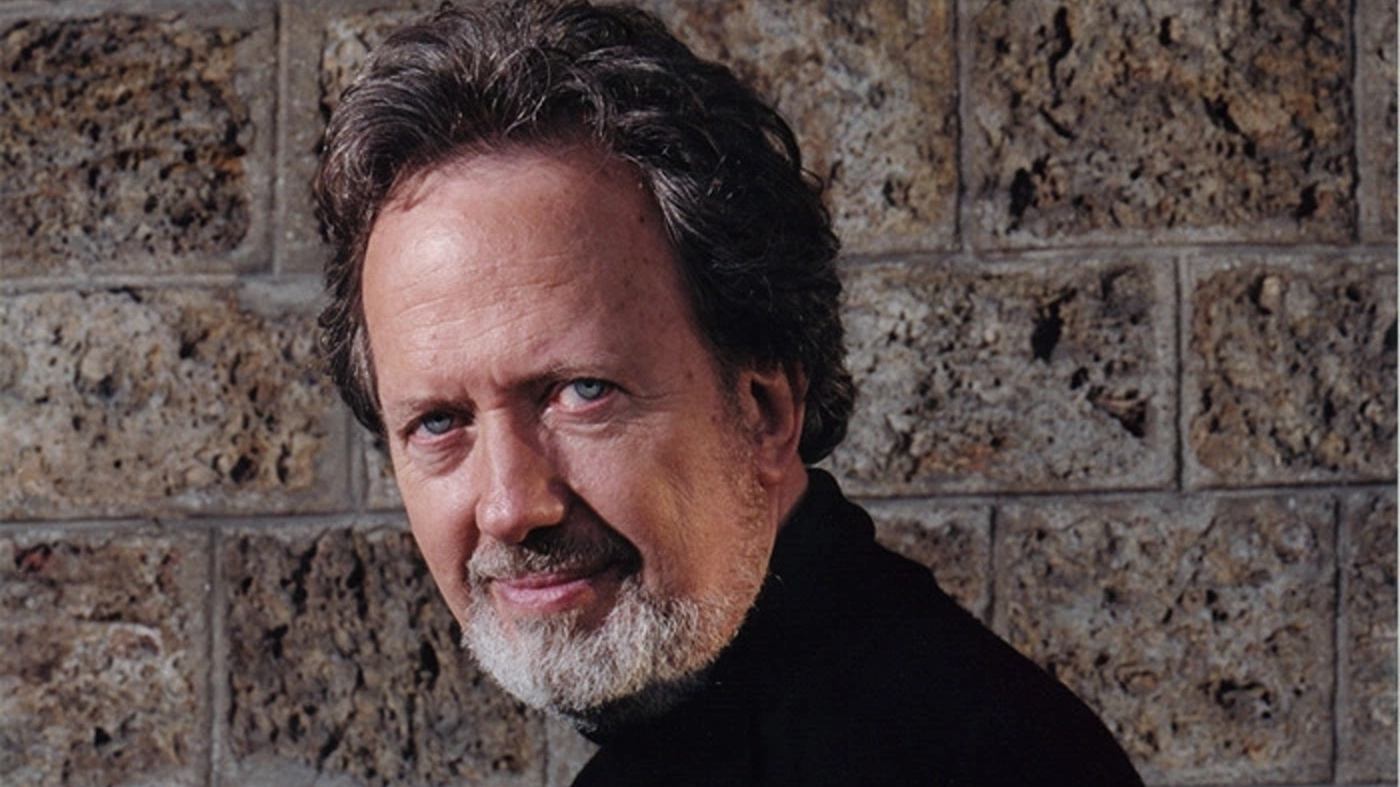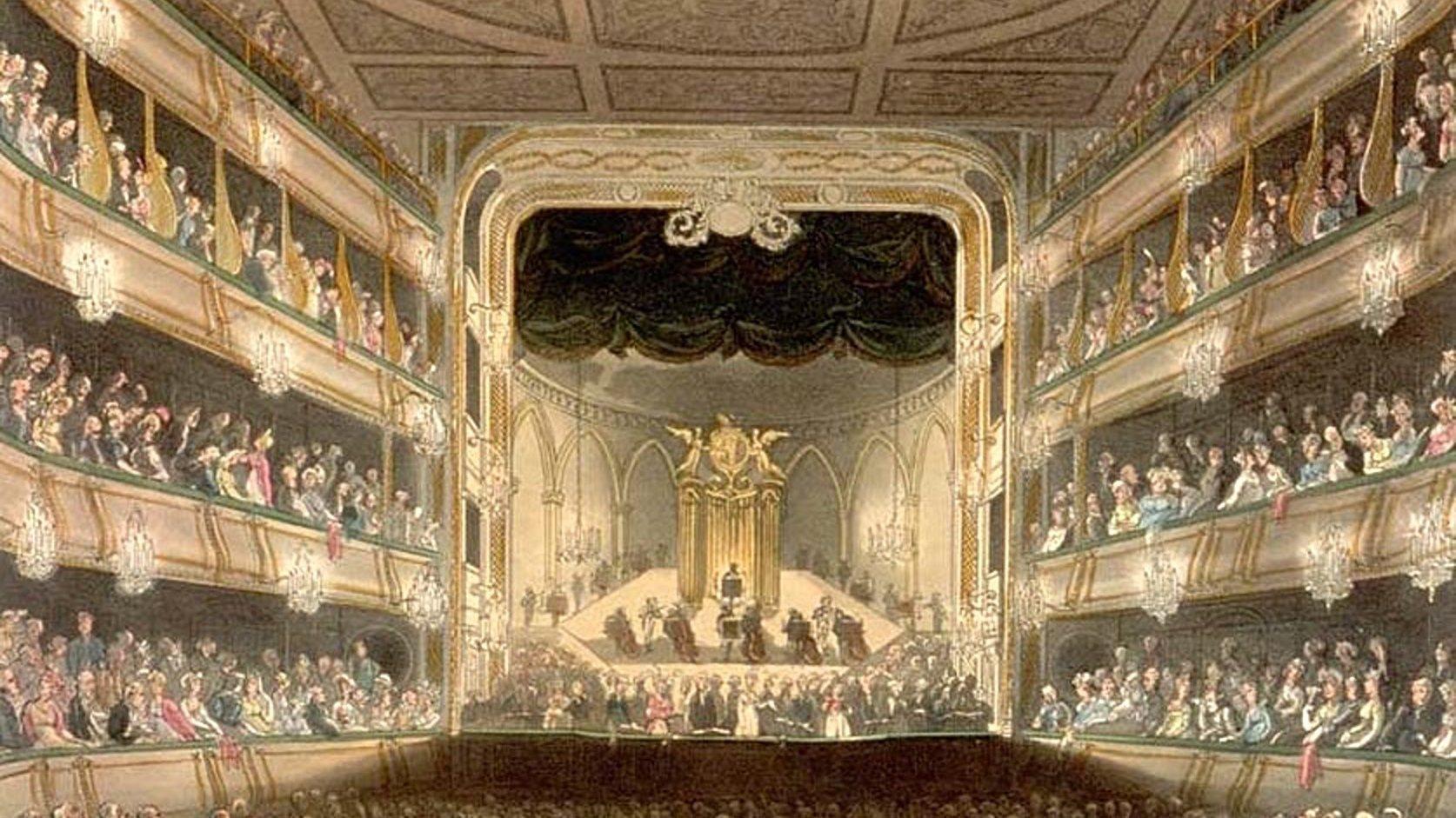Handel’s “I Was Born to Weep”: A Mournful Duet from “Giulio Cesare”
Handel’s 1724 celebrated opera, Giulio Cesare in Egitto, HWV 17 (“Julius Caesar in Egypt”), explores themes of “power, ambition, love, and revenge.” Set during the Roman Civil War of 49-45 BC, it chronicles the love story between Caesar and the cunning seductress Cleopatra. Amid this political drama, Cornelia and her stepson Sesto are determined to avenge the beheading of Pompeo (Cordelia’s husband) by Tolomeo, who rules Egypt with his sister, Queen Cleopatra. …







